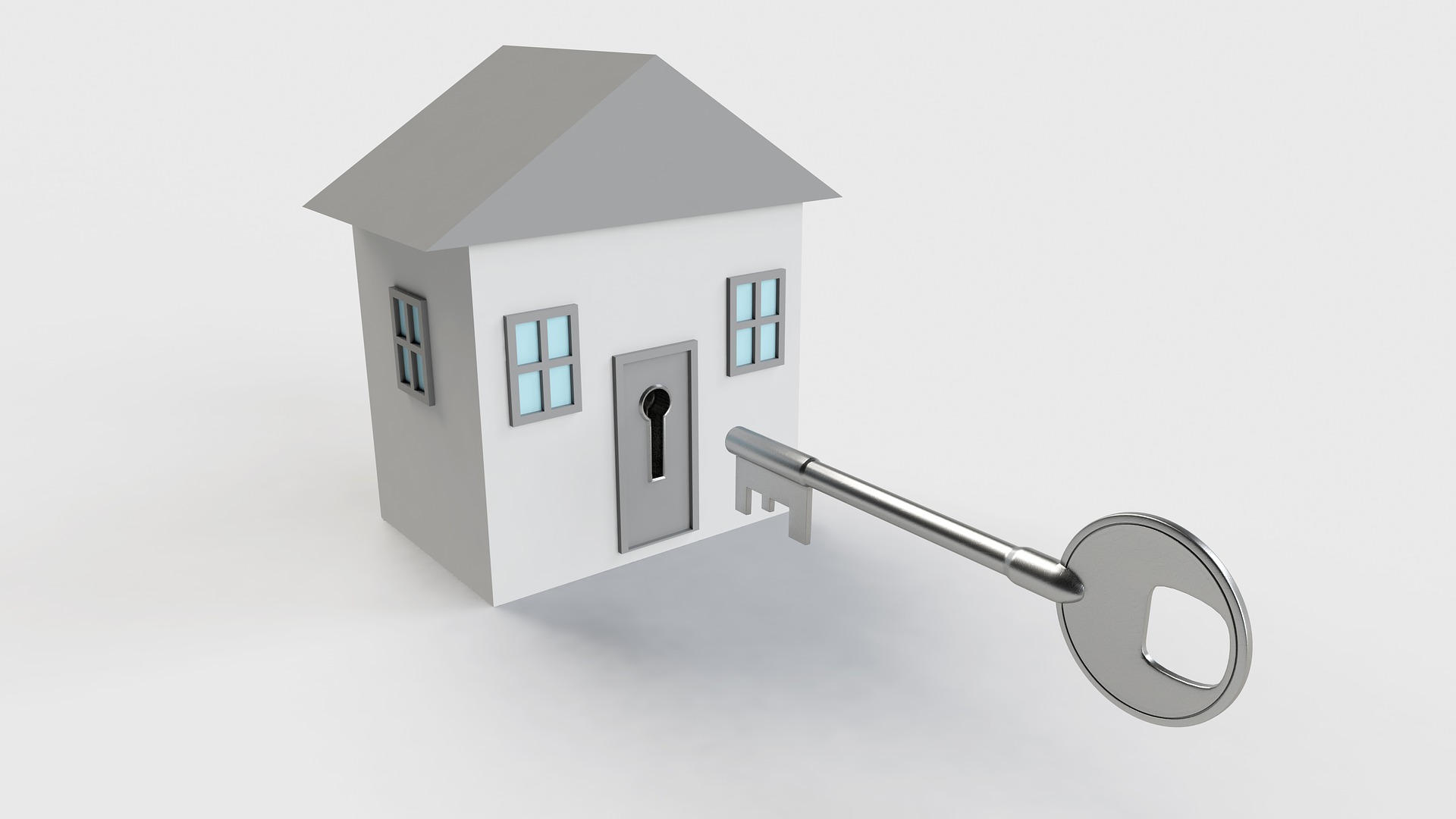- The derivatives of a mortgage loan to finance the construction, in a new work.Those attributable to the writing of new work and horizontal division of the new building.
- The tax on the increase of the value of the land or the surplus value, in all the cases.
- The derivatives of the intervention of a real estate agent, in all cases.
- The connection of access to general supplies.
- Derivatives of obtaining the documents to be delivered to the buyer.
- Obligation to make the declaration of income the following year.
- Pay IBI for the entire fiscal year in which the sale takes place.
- Unless otherwise agreed, the tax on the increase in the value of urban land (municipal capital gains) is borne by the seller.
Usage: As a consequence of the transfer of ownership of a property or of the constitution or transfer of real property rights (for example a usufruct), the tax has to be paid on the increase in the value of urban land, Also known as surplus value.
In the case of sale of a property (floor, parking space, store, shop, house, etc.) the person, company or entity that sells has to pay the tax due to the increase in the value of the land while Owned. If the transmitter or seller is a non-resident natural person in Spain, the obligor to the payment will be the acquirer.
In the case of inheritance or donation, it is the new owner who has to pay the tax, with bonuses up to 95% in Barcelona by kinship and VHF.
Payment must be made within 30 business days from the date of transmission. In the case of inheritances, the term is six months from the date of death.
La cuota a pagar está en función del valor del terreno en el momento de la transmisión y de los años que el transmisor ha sido propietario de este (se calculan como máximo veinte años). Para determinar el importe, se multiplica el valor del terreno por el número de años que se ha tenido la propiedad y por el porcentaje anual en el caso de Barcelona, el resultado se aplica el tipo impositivo, que es del 30%. Cuando el período es inferior a un año, se aplica el porcentaje del 4% anual en función de los meses completos, con excepción de las herencias en las que sólo se consideran años completos.
Declare the sale on the IRPF declaration: (if they reside in Spanish territory)
If the purchase price exceeds the sale price, there will be a capital gain that is taxed in the IRPF. It should be noted that the purchase price includes taxes paid on the purchase and improvements made in the property. The sales tax also includes the taxes derived from the sale. Obviously, if the sale price is lower than the acquisition price, it is considered that there has been an equity loss. The calculation of surplus value is made exactly as in 2015, the purchase price is updated by a coefficient and a tax rate is applied:
From 0 to 6,000.- € 19%
From 50,000.- € the 23%
From 6,000 to 50,000.- € 21%
It is not necessary to state:
- The sale of the habitual residence by people over 65 is exempt from taxation.
- The sale of the habitual residence by the under 65s is exempt from taxation (totally or partially) if within two years (before or after) the amount is reinvested in the purchase of a new habitual residence, not second residence. That yes, the exemption only applies on the part of the profit that is destined to buy another house. The one that is not used should tax.
- The sale of housing, other than a regular home, may only be exempt if the person who sells it is over 65 years old and hires an annuity (with a maximum amount of 240,000 euros of sale price).
- If the sale generates a loss of equity to the seller. Selling a house is associated with several expenses and if the sale price is lower than the acquisition price and, therefore, it causes a loss instead of an equity gain, it should not be taxed. Moreover, the handicap can be offset by gains made during the next four years.
The equity gain or loss is determined by the difference between the acquisition and transmission values of the equity items:
- The acquisition value is determined by the sum of three concepts and the subtraction of a quarter:
- Actual amount of the acquisition. When the acquisition of the item that is now transmitted has occurred for consideration, its acquisition value will be the actual amount for which it was acquired.
- Cost of investments and improvements. If investments and improvements have been made in the purchased items, their cost is added to the acquisition value.
- Expenses and accessory taxes. All the expenses and taxes inherent to the acquisition that have been satisfied by the acquirer, except for interest, are added to the calculation of the acquisition cost amount.
- Amortization. The amortizations that correspond to amortizable assets reduce the acquisition value.
2.The transfer value is determined by computing two items, the actual amount of the alienation minus the expenses and taxes inherent to the transmission that have been satisfied by the seller.
And so far our chapter of Expenses in the purchase of a home! Contact us if you have any questions.
